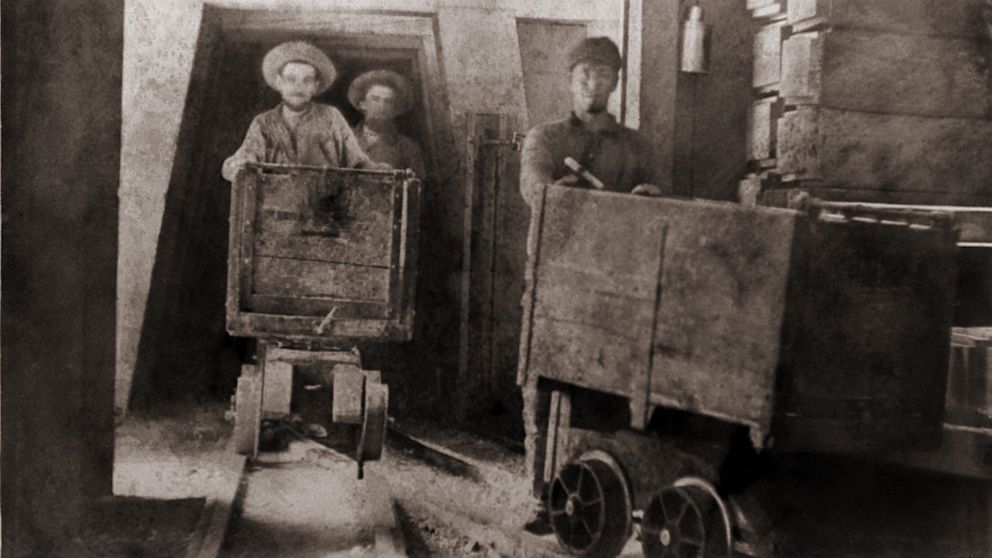Old Mine Tailings: New Mother Lode For Rare Elements
Geologists have found a new source for rare earth elements: old mine tailings.

July 24, 2013 -- Prospectors say they have discovered a modern mother lode—not one buried deep within the earth, but sitting on the surface: the tailings of old mines, some dating back to California Gold Rush days. What these contain, though, isn't gold or silver. It's rare earth elements.
Rare earth elements were discovered long after the Gold Rush ended, and are essential to the manufacture of a variety of high-tech products and weapons, such as MRI scanners, cell phones and lasers. "They're a group of elements that live at the bottom of the Periodic Table," Alan Koenig, a research geologist and with the U.S. Geological Survey, tells ABC News. "Typically, they co-exist together."
Koenig heads a USGS effort to determine the potential of Gold Rush-era rocks and ore to yield what he calls "metals of interest," including rare earth elements. It's not that industry needs large amounts of such elements, he says. It's that the small amounts it needs "are absolutely critical."
Up to now, the world's primary source for rare earth elements has been China.
China, however, has jacked up prices dramatically in the past two years. As reported by the AP, China raised the price of Neodymium, used to make Prius electric motors, from $15 a kilogram to $500. Chinese Dysprosium, used in lasers, went from $114 a kilogram to $2,830.
"They have a lock on the available supply," Ian Ridley, director of USGS' Central Mineral and Environmental Resources Science Center in Colorado, tells ABC News. "They can determine prices. It's like an oil cartel."
GAS PRICES AVERAGE $3.68 A GALLON
Analysis by USGS, however, has determined that the U.S. is sitting on a potential rare earth element bonanza, in the form of mine tailings discarded long before such elements were discovered. Modern extraction techniques would now permit their recovery.
Asked how many piles of tailings the U.S. has, Larry Meinert, Director of the USGS's mineral resource program in Reston, Va., says simply: "Lots."
Nobody, he says, has ever made an assessment of their total volume. One reason tailings are attractive as a source of rare earth elements, Meinert explains, is that the heavy lifting has already been done: The rocks have already been mined and ground up, which, he says, takes enormous energy. Comparing in-the-ground ore and tailings, he says, it's cheaper to use tailings, given the same level of enrichment.
Some mine tailings in the U.S. have already been re-worked--for gold: Starting in the 1980s, technological advances, coupled with the rising price of gold, made it both possible and profitable for mining companies to extract microscopic gold from already-worked rock.
Has that re-working made the tailings any less attractive as a source of rare earth elements? No. Only more so, says Ridley. "The more things you can get rid of," he tells ABC News (referring to the microscopic gold), "the easier it is to focus on what you want."
The sole site in the U.S. now producing rare earth elements belongs to publicly-traded mining company Molycorp: Project Phoenix, located at Mountain Pass, Calif., does not re-work tailings but instead mines a deposit rich in various rare earths. The facility, says Molycorp, became operational in January of this year and is producing at a rate in excess of 19,000 metric tons annually.




